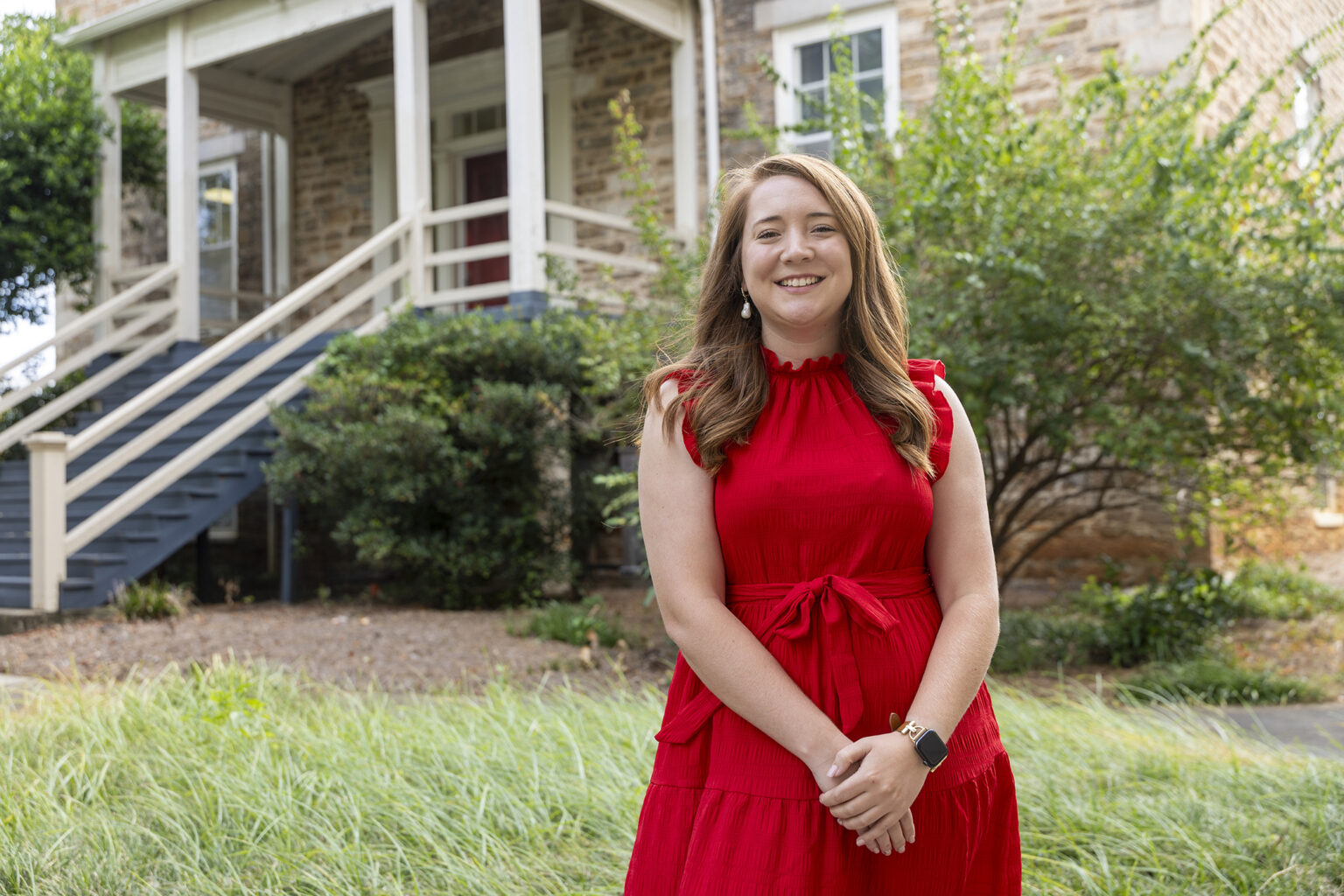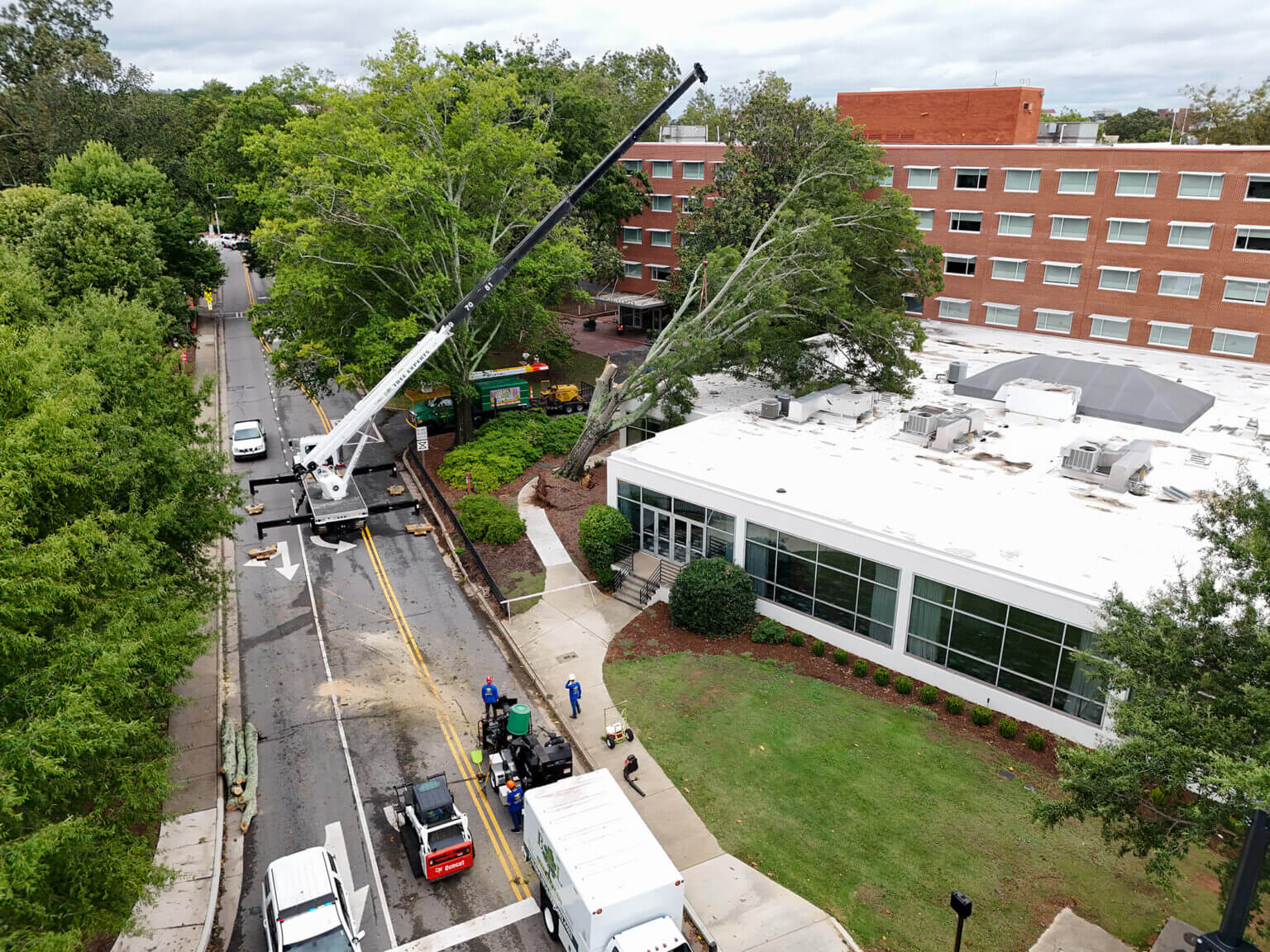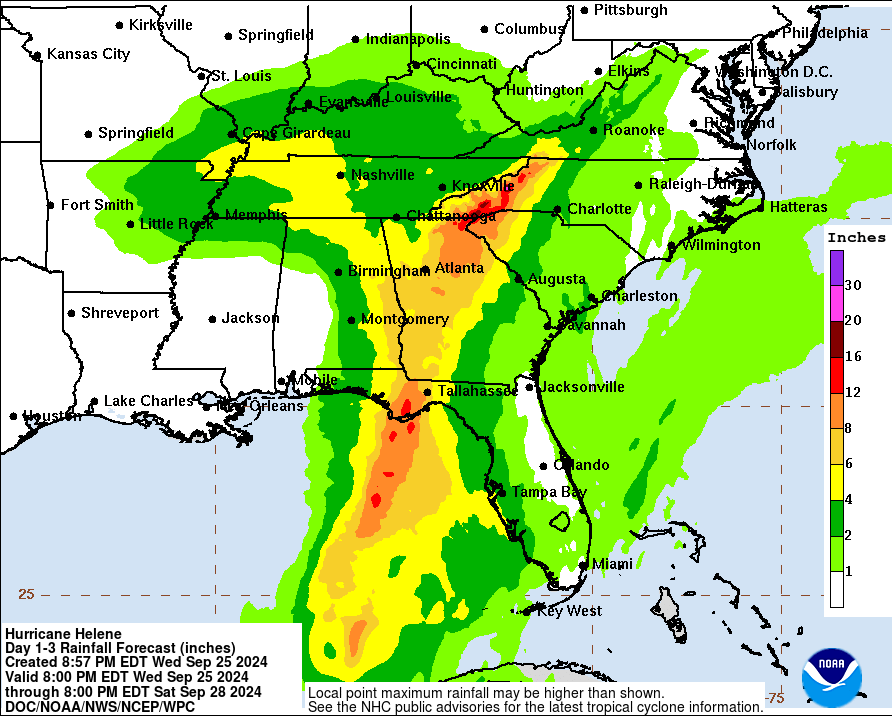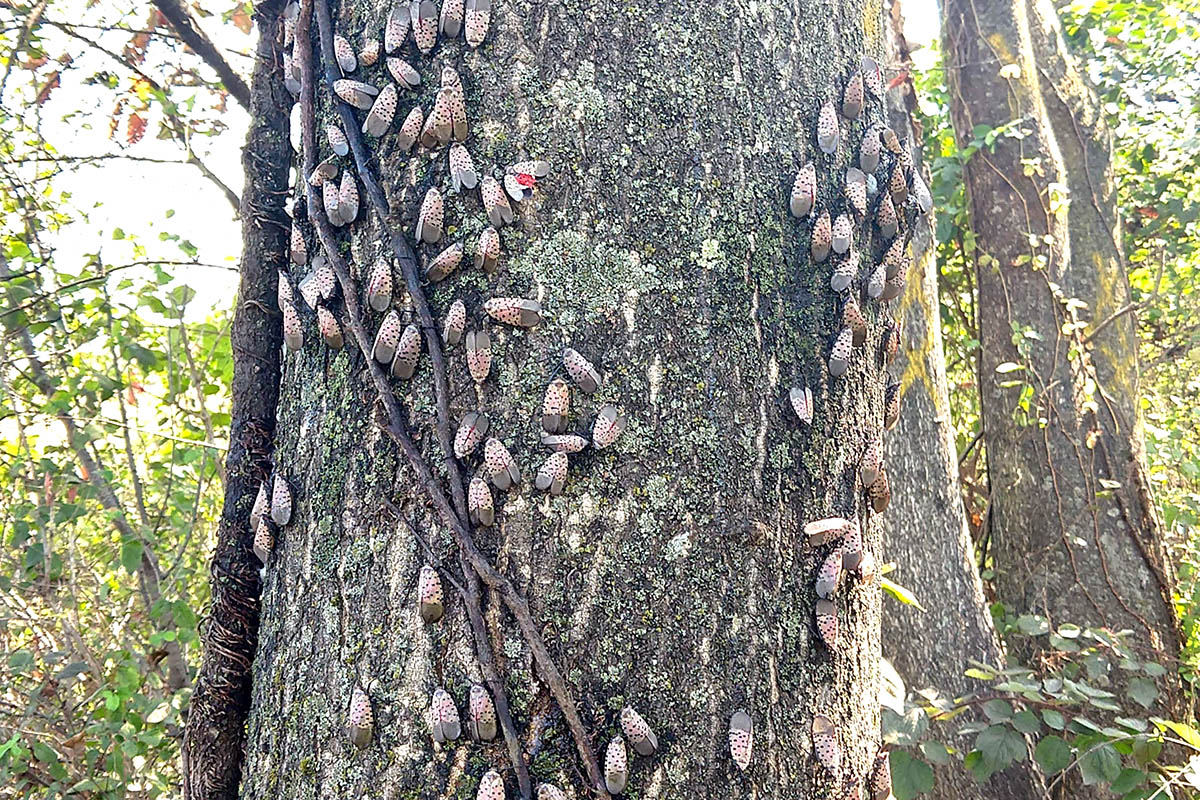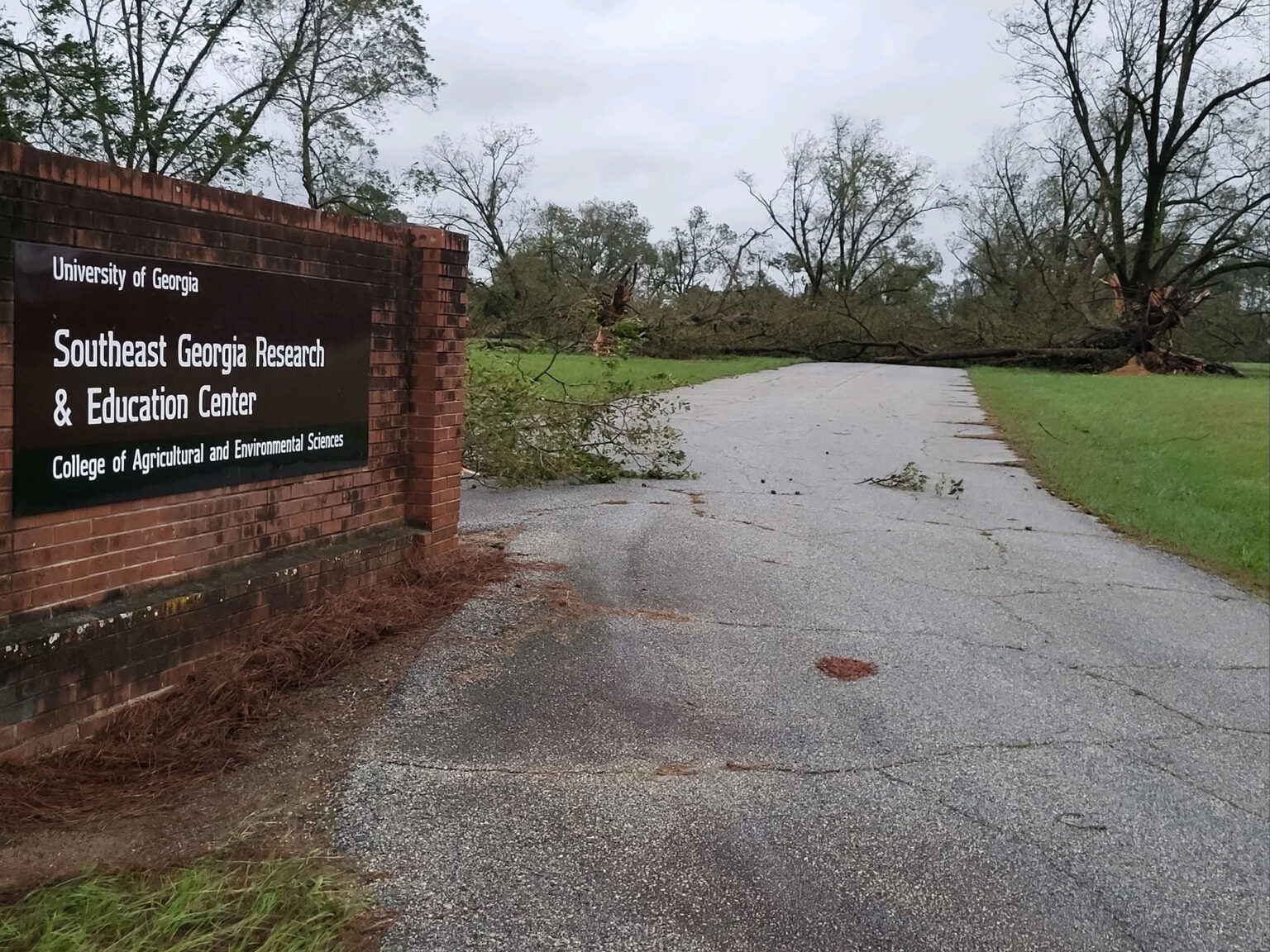 CAES News
CAES News
Helene Relief Efforts
The University of Georgia community has rallied in the wake of Hurricane Helene, coming together to address damage done to campus facilities while also lending a helping hand to friends and neighbors hit hardest by the storm. While UGA’s main campus weathered the storm with relatively minor damage, the same could not be said for the Tifton campus, where heavy rains and high winds brought down trees and power lines, leaving the campus and surrounding area without power.


